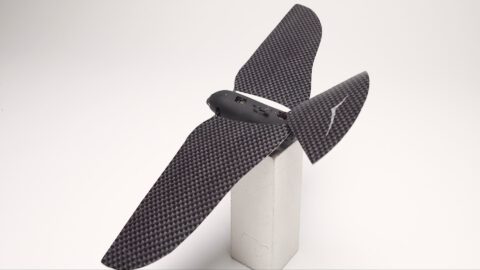Last Updated on March 26, 2020
If you have a cat that sports a darker coat, you may have noticed something a bit strange on their legs. Cats have whiskers about one inch up each leg from the bend of the paw. Why do they have them and what purpose do they serve?
What Are Whiskers For?
Before we get into why cats have “arm whiskers”, let’s explore why they have the ones on their face. On each side of the mouth (mystacial whiskers) as well as the cheek and eyebrow, you will find a set of whiskers. Depending on the size and/or breed of the cat, these can be fairly thin or incredibly thick. Most cats have white whiskers but some will have gray to black ones. Some will have a sparse amount, whilst others will have many on their face. Whiskers are also known as “vibrissae” and their main purpose is to allow a cat to navigate their surroundings, especially in the dark. The whiskers act as both feelers and vibration receptors. This is essential for hunting as well as mapping out their turf.
DID YOU KNOW?
The length of the whiskers from tip to tip across the front of a cat’s face typically measure the widest point of your cat’s body or girth. This allows them to know whether or not they will become stuck when entering tight spaces. Read more facts about cat whiskers
Carpal Whiskers
The whiskers found on both the front and back legs are known as “carpal whiskers”. Some cats will have noticeably thick and long carpal whiskers while others may have thin short ones that blend into their fur. Similar to the whiskers on their face, carpal whiskers serve as receptors when navigating and hunting. Since cats are nearsighted, every set (including the ones on their legs) helps them to feel the movements of their prey after it has been captured. This allows them to effectively deliver a bite to stun or kill it. Because these whiskers are lower to the ground, they allow cats to feel vibrations to not only help them be better hunters but avoid an ambush from other cats or predators of their own.
Whiskers Are Very Sensitive
It is important to note that all of the whiskers found on your cat are highly sensitive. Most cats do not like them being touched or bent. Whilst whiskers don’t have nerve supply within them like a tooth does, they do have sensitive nerve receptors at the base. You should never bend, pluck, or cut them for this reason. It is also a good idea to stick to wide shallow bowls or plates for feeding as some cats can develop upset stomachs if their whiskers are being forced to bend to reach their food.





Really interesting, and had no idea about the feeding tip. Thanks !!!